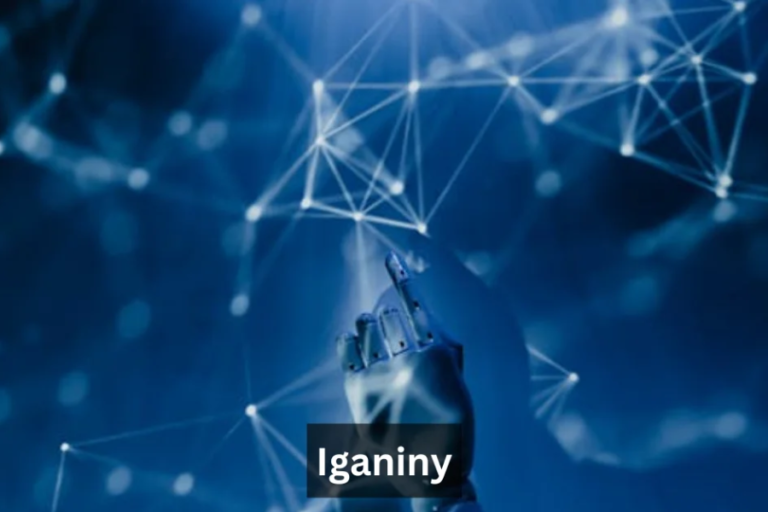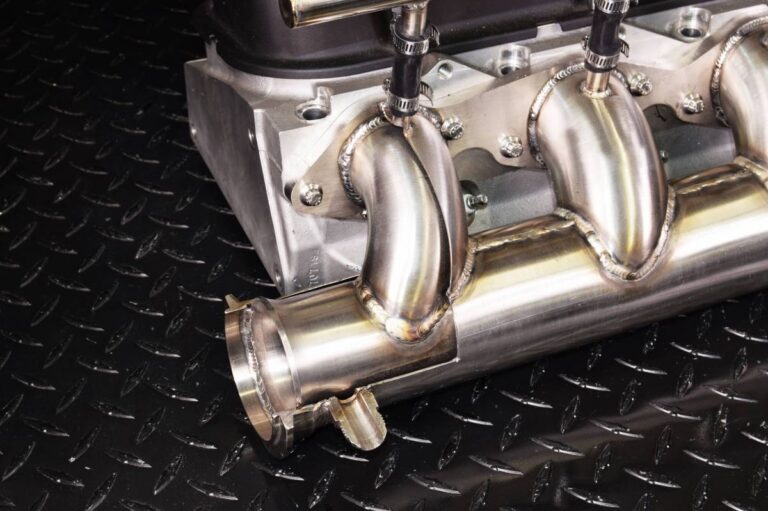Aurö: Where Ancient Roots Meet Modern Sustainability
Introduction
Aurö is more than just an island. Nestled within Sweden’s historic archipelago, it holds a special place in both the past and the present. Known for its Viking-age legacy and quiet natural beauty, Aurö has grown into a surprising center for environmental economics and sustainability studies. This rare combination makes it one of the few places in the world where ancient tradition meets future-focused science.
In this blog post, we will explore what makes Aurö so unique. From its deep historical roots to its growing role in sustainability research, you’ll learn how one small island plays a big role in shaping discussions about the environment, climate, and sustainable living.
The Historical Identity of Aurö
Long before the world talked about sustainability and carbon footprints, Aurö was already playing a quiet but important role in human life. During the Viking Age, the island served as a waypoint for travelers, traders, and fishermen. Its rocky shores, freshwater sources, and dense woodlands made it a reliable stopover point for people navigating the northern waters of Europe.
Archaeological evidence shows traces of Viking dwellings and burial mounds across parts of the island. Simple tools, handcrafted objects, and small rune carvings hint at the lives people once lived here. It was not a large settlement, but a crucial support hub—a place to rest, repair boats, or trade goods.
The simplicity of life on Aurö offered something valuable even then: balance with nature. Vikings respected the seasons and used natural resources with care, often guided by experience and community wisdom. While they were warriors and traders, they were also early environmental observers, dependent on the land and sea.
Transition into Modern Times
For centuries, Aurö remained mostly untouched. With no large towns or industries, it escaped the pollution and heavy land use that changed many other parts of Europe. That isolation, once seen as a disadvantage, has become its greatest asset.
By the early 2000s, scientists and researchers began to see Aurö as an ideal place for studying environmental systems in their natural state. Its clean air, untouched forests, and protected coastline allowed researchers to collect data without the noise and interference of modern cities.
What began as a quiet retreat for ecological observation slowly turned into something bigger: a hub for environmental economics.
What Is Environmental Economics?
Before diving deeper, it’s helpful to understand what environmental economics means. At its core, it is a field of study that examines how economic activities interact with the environment. It asks questions like:
- How can we measure the value of clean water or air?
- What are the long-term costs of deforestation or overfishing?
- How can governments create policies that protect nature and still support economic growth?
Environmental economists look for ways to align financial systems with ecological health. Instead of viewing nature as something separate from the economy, they place it at the heart of economic planning.
Aurö’s Role in Environmental Economics
Today, Aurö is home to a key committee of researchers, policymakers, and scientists dedicated to solving modern environmental challenges through economics. Known simply as the Aurö Environmental Economics Committee, the group focuses on finding practical solutions that balance ecological protection with human needs.
Their work often involves:
- Modeling the economic value of ecosystem services like forests and wetlands
- Studying the cost of climate inaction vs. proactive policies
- Developing tools to measure sustainability in rural and island communities
- Hosting workshops and retreats for global environmental leaders
What makes Aurö different from typical academic settings is its location. Ideas are tested in real time and in real settings. For example, if researchers want to understand the impact of rising sea levels on small island populations, they can monitor it directly on Aurö. This connection between theory and place makes their research not only relevant but also grounded in reality.
Local Community and Involvement
One of the more inspiring aspects of Aurö is how its local population supports and participates in this mission. While small, the island’s community has embraced its new identity. Local farmers are involved in soil and water research. Fishermen contribute data to help measure fish stock levels and the health of marine ecosystems.
Instead of resisting change, many residents see environmental research as a way to protect their way of life. They recognize that sustainability isn’t just a buzzword—it’s a necessity for the future of the island.
Educational programs have also taken root. Local schools now include sustainability topics in their lessons, and children grow up with a sense of responsibility toward their environment. Through small actions—recycling, clean energy, eco-tourism—the people of Aurö help shape a brighter future.
Sustainable Tourism on Aurö
Aurö is also becoming a model for responsible tourism. With its blend of history, beauty, and science, the island attracts visitors from across Europe and beyond. But rather than welcoming mass tourism, the island limits access to maintain its natural balance.
Visitors can enjoy hiking trails, nature photography, historical tours, and even participate in eco-camps where they learn about climate science and sustainability. Local guides explain both the Viking past and the modern environmental goals of the island.
Everything is designed with care. No large hotels, no polluting vehicles, and no wasteful consumption. Instead, there are small lodges powered by solar energy, shared transport, and clear rules to preserve the island’s delicate ecosystem.
A Model for the Future
The story of Aurö is powerful because it shows that small places can lead big changes. It proves that you don’t need a large city or powerful institution to drive environmental progress. What you need is vision, cooperation, and respect for both tradition and innovation.
By connecting ancient wisdom with modern science, Aurö offers a blueprint for communities worldwide. Whether it’s a village in South Asia or an island in the Pacific, the lessons from Aurö are clear:
- Protect the environment, and it will protect you.
- Educate the next generation in sustainable thinking.
- Blend history, culture, and science for lasting impact.
Final Thoughts
Aurö might seem like a quiet island on the map, but it carries a loud message for the world. In a time when the planet faces critical environmental challenges, Aurö stands as a symbol of hope, wisdom, and forward thinking.
Its Viking-age roots remind us of where we came from. Its commitment to sustainability points to where we need to go. And somewhere between those two points, Aurö continues to shape a better, greener, and more balanced future.







